Ok, so first off, if you’ve already tried looking for help for your pet and you’ve had a bad experience – I am so sorry. You are doing the right thing by trying to find better care for your pet. You are being a responsible pet owner by educating yourself and trying to build a better life for them and a better relationship between you and your pet. We absolutely commend those efforts here. We believe strongly in “You don’t know what you don’t know and when you know better, you do better.” Except we’ve tweaked that last part to “As you CAN do better, do better.”
Bare Minimum
Better:
Ideal:
Some of these things may sound daunting, or undoable at the moment. That’s ok. That’s where most people start. We don’t expect you to do all the things all at once. Just make the changes when you can. If you feel completely over your head with even the basics, try asking friends or family for help, or asking online if someone is able to help you out (many people are open to trading pet care).
Questionable Sources:
Better Sources:
0 Comments
Leave a Reply. |
Kat & Haylee
Just a couple of animal geeks trying to make the world a better place. Archives
February 2023
Categories
All
|
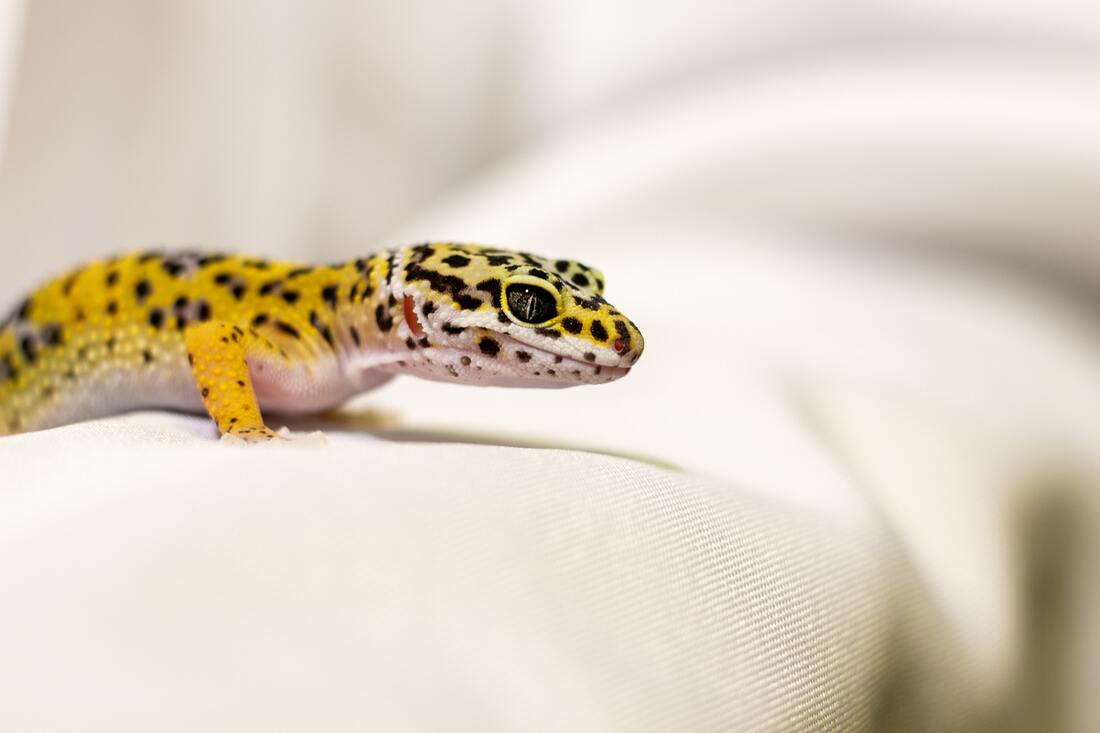

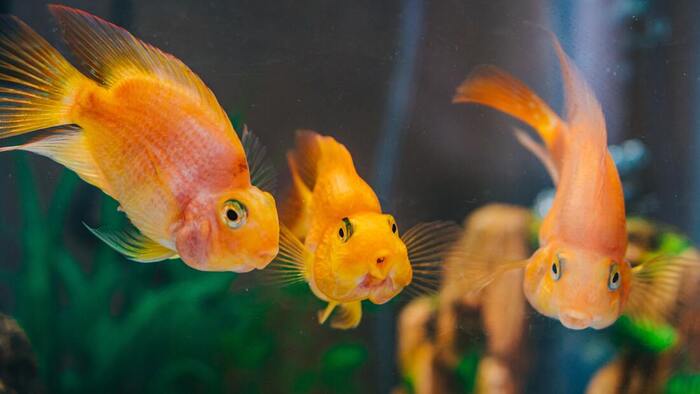

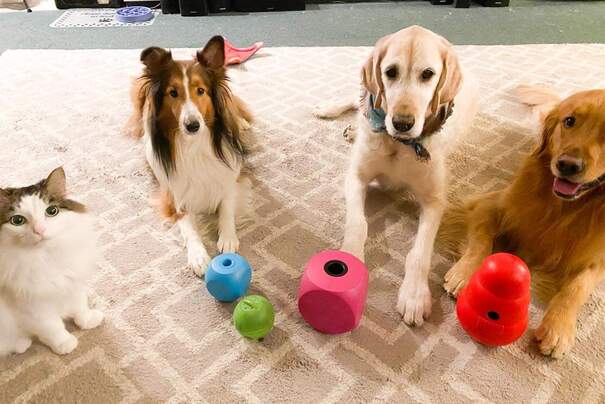
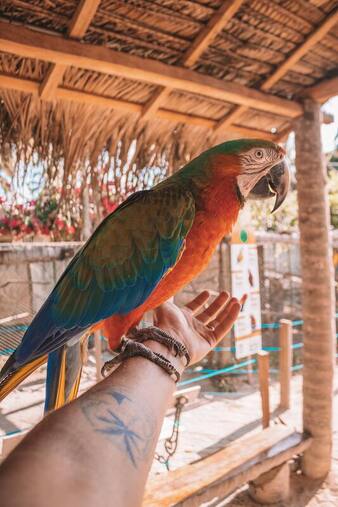
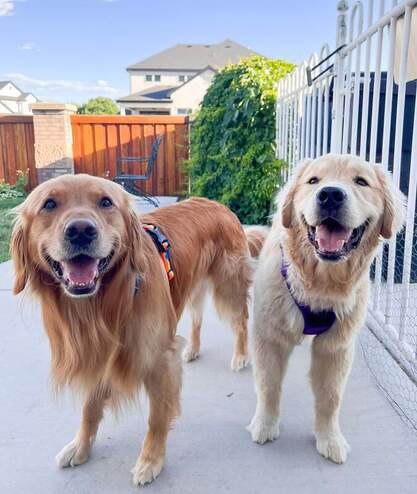
 RSS Feed
RSS Feed